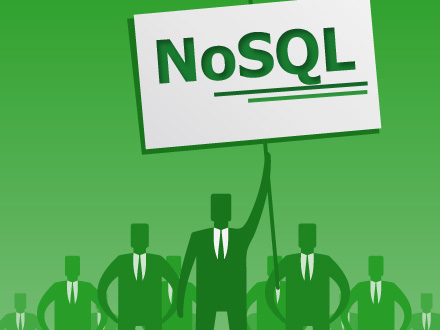21 NoSQL Innovators to Look for in 2020

Thanks to the explosion of Big Data throughout every industry sector and requirements for real-time, predictive and other forms of now indispensable transactions and analytics to drive revenue and business outcomes, today there are more than 50 DBs in a variety of categories that address different aspects of the Big Data conundrum. Welcome to the new normal world of NoSQL – or, Not only Structured Query Language – a term used to designate databases which differ from classic relational databases in some way.
In August, more than 20 NoSQL solution providers and 100-plus experts gathered at the San Jose Convention Center for 2013’s version of NoSQL Now!. Exhibitors and speakers included familiar names such as Oracle along with a score of venture-backed NoSQL solution providers eager to disseminate their message and demonstrate that the time has come for enterprises of every ilk to adopt innovative database solutions to tackle Big Data challenges. More than a dozen sponsors were interviewed at the event and profiled in this research note.
Evolution of NoSQL
In the beginning, there was SQL (structured query language). Developed by IBM computer scientists in the 1970s as a special-purpose programming language, SQL was designed to manage data held within a relational database management system (RDBMS). Originally based on relational algebra and tuple relational calculus, SQL consists of a data definition language and a data manipulation language. Subsequently, SQL has become the most widely used database language largely due to the popularity of IBM, Microsoft and Oracle RDBMSs.
NoSQL DBs started to emerge and become enterprise-relevant in the wake of the open-source movement of the late 1990s. Aided by the movement toward Internet-enabled online transaction processing (OLTP), distributed processing leveraging the cloud and the inherent limitations of relational DBs, including lack of horizontal scale, flexibility, availability, findability and high cost, use of NoSQL databases has mushroomed.
Amazon’s instantiation of DynamoDB is considered by many as the first large-scale, or web-scale, production NoSQL database. To quote author Joe Brockmeier, who now works for Red Hat, “Amazon’s Dynamo paper is the paper that launched a thousand NoSQL databases.” Brockmeier suggests that the “paper inspired, at least in part, Apache Cassandra, Voldemort, Riak and other projects.”
According to Amazon CTO Werner Vogels, who co-authored the paper entitled Dynamo: Amazon’s Highly Available Key-value Store, “DynamoDB is based on the principles of Dynamo, a progenitor of NoSQL, and brings the power of the cloud to the NoSQL database world. It offers customers high availability, reliability, and incremental scalability, with no limits on dataset size or request throughput for a given table.” DynamoDB is the primary DB behind the wildly successful Amazon Web Services business and its shopping cart service that handles over 3 million “checkouts” a day during the peak shopping season. Read more
























